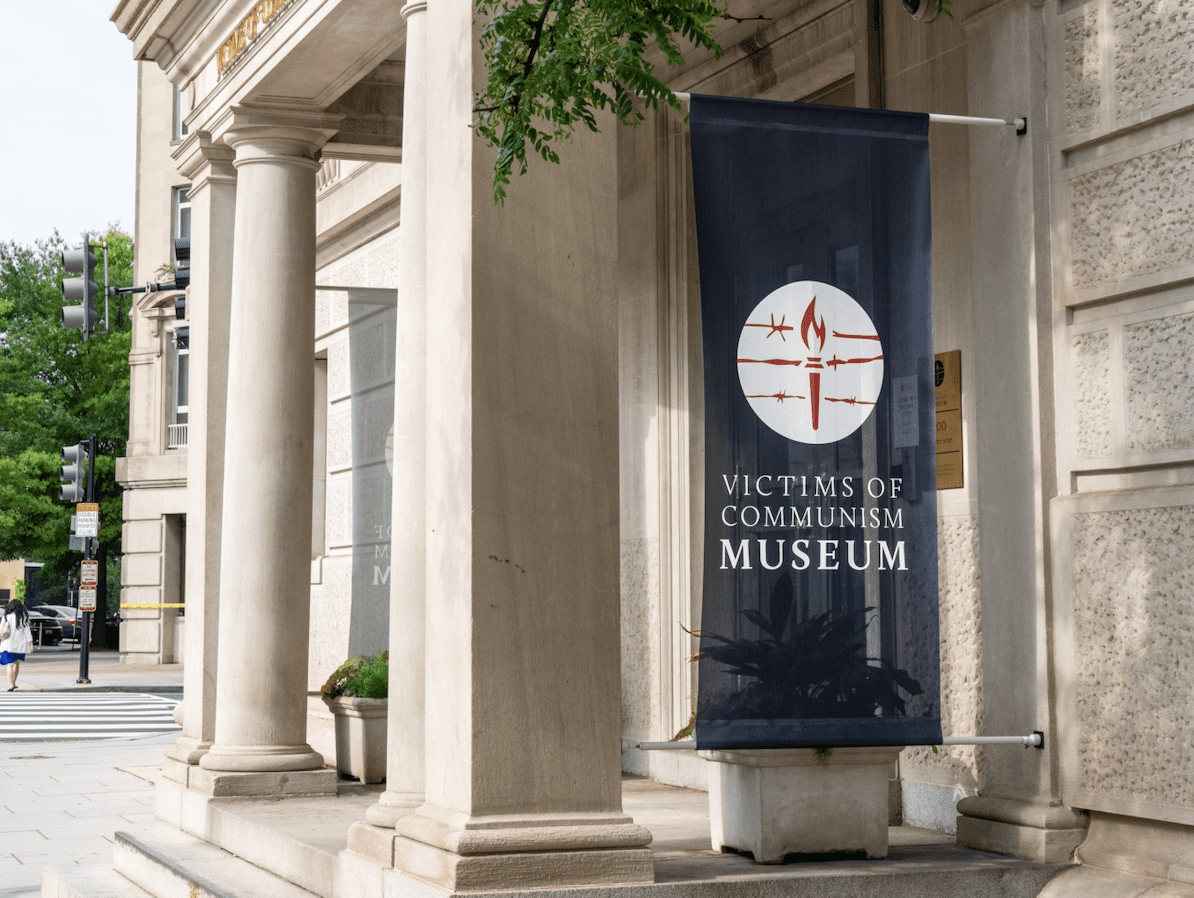In June this year a new museum dedicated to the Victims of Communism opened in Washington D.C. The Victims of Communism Museum is run by the Victims of Communism Memorial Foundation. The Foundation was established by bipartisan legislation under President Bill Clinton in 1993 to commemorate and research the history of Communist dictatorships. All activities of the Foundation are financed from donations, not through taxpayers’ money. Two years ago, Hungary contributed 10 million dollars to the foundation to help set up the institution which is the first ever of its kind. The Museum’s unique mission is to commemorate the 100 million victims of Communism all around the globe. The victims of Chinese, Cuban, Soviet and Central-Eastern European Communist regimes are all remembered in the exhibition. The Museum also serves as a reminder that there are still peoples who are suffering under Communist rule.
Today, there are still about 1.5 billion living under Communist dictatorship
It is an important message of the exhibitions that even today millions live under repressive Communist regimes. At its peak, there were 17 countries whose systems were based on Communist ideology, with a combined population of 1.5 billion. Today, there are still about 1.5 billion living under Communist dictatorship such as North Korea, Cuba, and China, so viewing the collapse of the USSR as the end of the horrors of Communism is misguided. To draw attention to the contemporary suffering caused by Communist regimes, the Foundation is doing research on the Chinese communist system and the treatment of the Uyghur Muslim minority to demonstrate the living reality of Communism. In fact, one of the underlying messages of the Museum is that Communism has claimed 100 million victims worldwide—so far.
Communism has always been and will always be incompatible with liberty, prosperity, and the dignity of life. pic.twitter.com/efr7lWPPTM
— Victims of Communism (@VoCommunism) October 4, 2022
The Museum is divided into three galleries, demonstrating that since Communism was born (from the call for a violent overthrowing of capitalism by the Communist Manifesto to the bloodshed of the Bolshevik Revolution) to this very day Marxism-Leninism has always led to misery. In the Museum’s galleries Hungary’s oppression under and struggle against Communism are also prominently featured. The second gallery, dedicated to Stalinist terror, reminds visitors of courageous dissidents such as Cardinal József Mindszenty. Cardinal József Mindszenty was persecuted, imprisoned, and tortured by Hungary’s Communist dictatorship for standing up against the regime. The third Gallery is dedicated to the ‘arduous struggle for freedom’ in Communist dictatorships, where the Hungarian Revolution of 1956 is also remembered. Hungary is not only one of the countries whose fate under Communism is presented in the museum. The Hungarian government also sent a representative to the ceremony when the foundation stone of the museum was laid. In 2020, Hungarian Foreign Minister Péter Szijjártó announced that the Hungarian government would contribute 10 million dollars to the project. Two years later, at the opening ceremony of the museum Hungarian Ambassador to the US Szabolcs Takács also delivered remarks, highlighting the importance of the museum.
TThe mission of the Museum as a reminder of the past and ongoing suffering
With the knowledge about the horrors of Communism fading away from Western collective memory, the mission of the Museum as a reminder of the past and ongoing suffering under Communism is crucially important. Since the collapse of the USSR, many have tried to relativise the sins of Communist regimes, attributing the atrocities that led to the death of hundreds of millions of people to evil leaders only, rather than to the underlying ideology that elevates such leaders. Nations, like the Hungarian, that were oppressed in the name of Marxism-Leninism know that terror and bloodshed is the real face of Communism. Supporting projects like the Victims of Communism Museum that testify to the true nature of Communist ideology is a priority mission of the Hungarian government, and rightly so.








